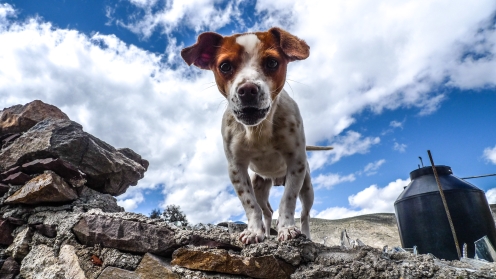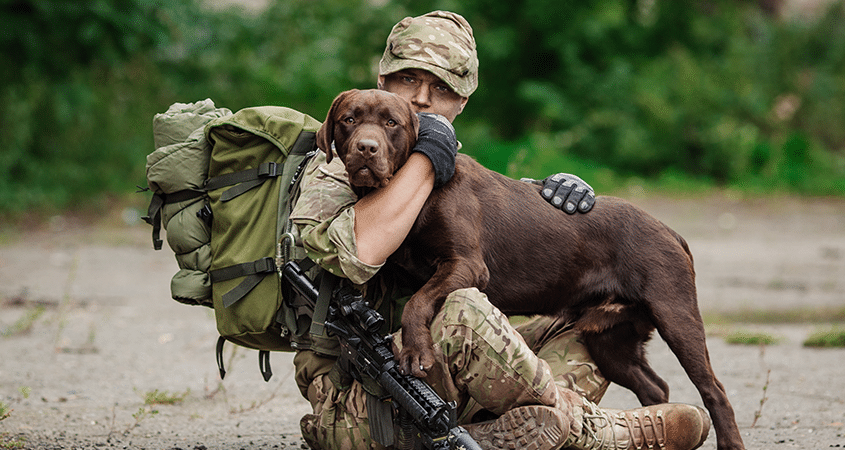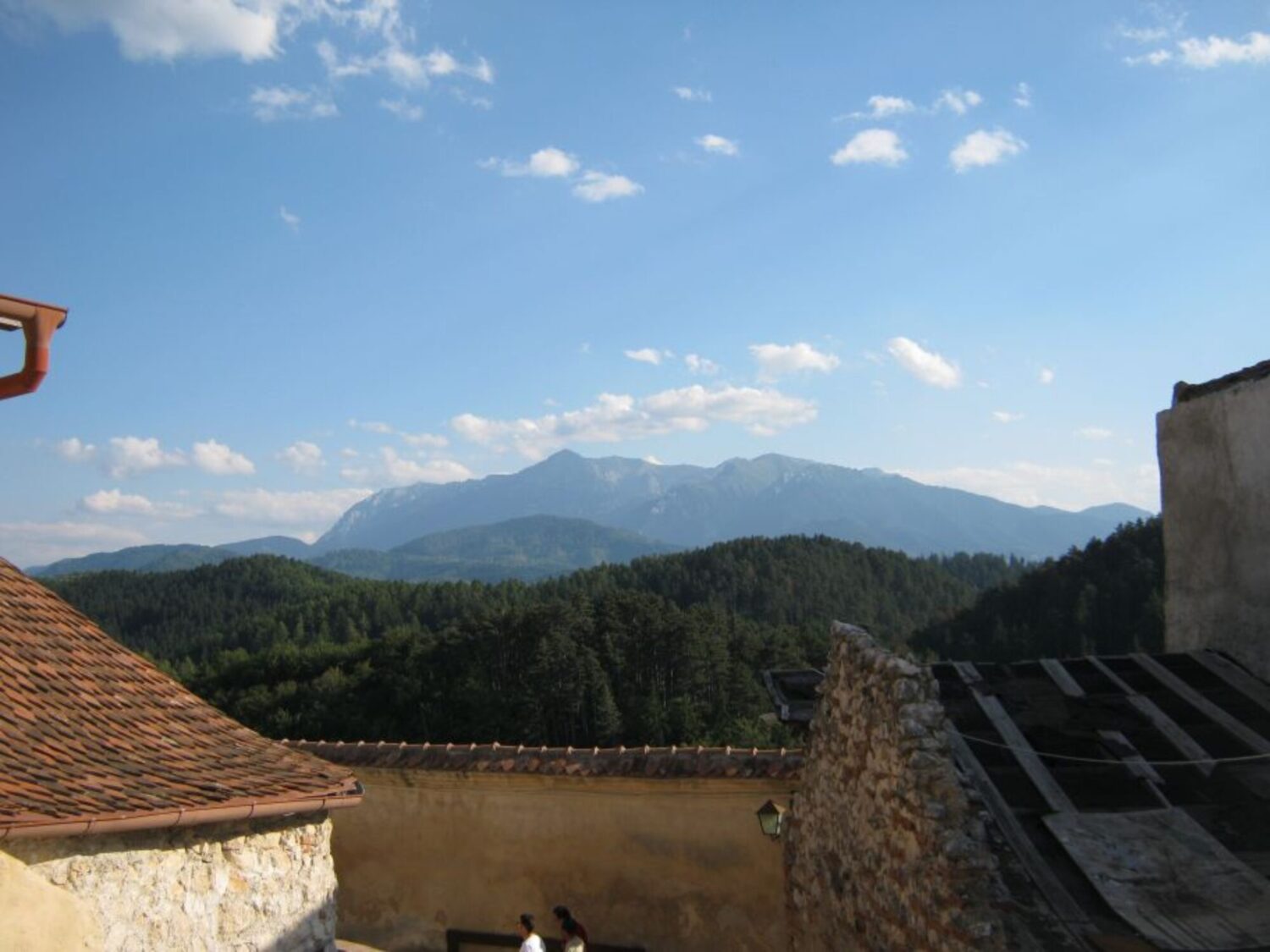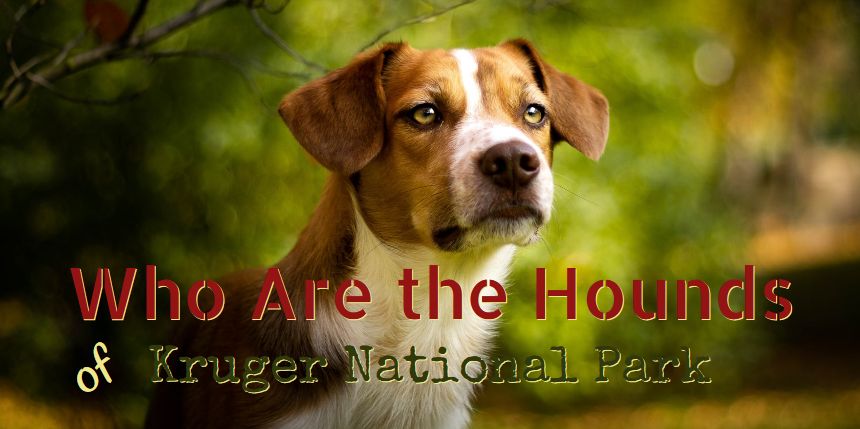If you ask yourself who are the hounds of Kruger National Park – where rhinos and hippos, wild dogs, impalas and zebras, crying cheetahs, slithering snakes, and other African animals live – know that these dogs are an ultra special K9 unit trained to protect the wildlife of Kruger National Park especially the rhinos, against poachers.
Once upon a time, as late as the last Ice Age, the woolly rhino roamed as far as Europe. At the beginning of the 20th century only 500 000 rhinos were left in Africa and Asia. Today, only 27 000 rhinos are left in the wild, says WWF.
Out of the 20 000 white rhinos and 5 000 critically endangered black rhinos still living on the African continent, approximately 80 percent are found in South Africa.
But the situation is dire as here, in sunny South Africa, between 2008 and 2018 over 8 000 rhinos were poached in nature reserves such as Kruger National Park – that conveniently borders Zimbabwe and Mozambique making it easy for the illegal huntsmen to escape law.
Whenever a rhino is poached its horn will reach the smugglers in Asia in the blink of an eye, all the middle men taking their hefty profit… while its carcass is left to rot under the African sun where it first saw the light of day.
That’s why the free-running hounds of Kruger National Park entered the wildlife scene. But who are these dogs?

They are beagles, short-haired pointers, bloodhounds, spaniels, German Shepherds, and Malinois (the same Malinois who make great military working dogs), and other breeds of hounds, but what they all have in common is their passion for following the trail, their love for chase, the stamina, and their deadly… olfactory abilities.
For these free-running hounds catching the scent (meaning following it till they seize it – and apprehend the poacher) is a way of life. Is what’s on their mind when they get up in the morning, and what they dream of while they nap.
In their spacious, open-air pens – where they are kept for protection against the African beasts as well as to restrict them from going on a wild chase on their own, out of too much excitement – you almost never see them laying down to rest. They are either standing, alert as soon as their handlers approach, springs of pent-up canine energy with focused eyes, pointy ears and quivering noses, or sleeping in blissful exhaustion after a day of training or poacher-hunting.
They say if you love them, let them go… Let them catch the scent. Let them run.

These pack dogs are like this, chasing together over any kind of tricky landscape at 40km per hour, while each one longs to be the first to reach the target. And if they don’t, when another hound is first to lounge at the petrified, cornered insurgent, baying and barking in a spray of foamy drool, they still feel the same thrill and celebrate the group effort and the shared victory with a song of yipping and howling, and a storm of wagging tails. A chorus of shared joy for a job well done, the capture, and not in the least to celebrate a planned slaughter… For these free-running hounds the chase is what fills their heart, and what their hearts beat for.
They bolt from their shelters after a feint scent, even a couple of hours old, race across the golden African plains, often under an unforgiving sun, speed past herds of undisturbed impala and fierce wildebeest, dart through thickets, dodge thorny Acacias, and jump over fiery termite mounds. On and on they run, their eyes focused through a tunnel-like field of scent that only their noses can pick up. The scent of the poacher, and it pulls them like a magnet. The stronger it gets, the faster the hounds chase and the louder they cry – even after a 15 kilometers chase – as if they are one with it until they get their fill, and the target is apprehended. Before it reached the border, and made it for freedom.
The triumph is always shared, as are the yips and barks, the signals they send to one another during the chase, the cries indicating that they’re on the right track and they are making good time, as the scent gets stronger. Shared are their meals too, the lengthy walks meant to relax and keep in shape, and the sleeping quarters.
But mostly, these free tracking dogs share the mind-set to bring it all together. Each time.
Affectionate towards their human handlers, fearsome when following a poacher’s scent.
They are like a platoon of Marines fighting not rebels but poachers (in Kruger National Park) or escaped prison inmates (in Texas, USA, where they were first introduced.)

In the Kruger National Park these dogs form a K-9 unit fitted with GPS collars that tracks the poachers and scares them to death into a tree, where the field rangers make the arrest, while all the time being supervised by aerial pilots (to drive off dangerous predators or shoot before a poacher starts a gun fight.)
100 Plus arrests a real #milestone as counter poaching #dogs change the game! This translates into more than six arrests per month between Feb 2018 & June 2019! Very proud & thankful to sponsors & donors https://t.co/yzqDfRbw91 #antipoaching #Rhinos pic.twitter.com/xqp4GC4dVW
— SAWC (@SAWCtweet) June 7, 2019
Why free-running hounds? Because no human can keep up with a hound dog chasing a scent on a leash, both exhausting themselves too soon – the human from sheer racing exertion, the dog from tracing a scent while dragging a clumsy human on a leash.
Before the first free-running hounds were introduced in the Kruger National Park (from ‘Texas Canine Tracking and Recovery’ USA), an average of 3 to 5 percent of poachers were caught. The rate increased to 54 percent with the aid of the K-9 unit.
With a bit of luck and a lot of hard work our grandchildren might get the chance to see rhinos in their natural habitat. I do ask myself, though, if it is fair towards these free-running dogs. But dogs are happy being with their humans, happy when chasing a laugh and the wind together… Dogs stood by our right side, right side of our hearts, from immemorable times. To take care of us.
“Early in the morning as the sun comes up
Patricia Furstenberg, The Soldier and his Dog
And heat and war engulfs the land,
A man and his dog walk side by side
And know that none is all alone.”
South Africa is not the only country in Africa to fight rhino poachers. Kenya does too and part of their dogs forming the elite K9 unit are trained in Suffolk, UK. The Kenyan Ol Pejeta Conservancy is home to 144 rhinos. Ol Pejeta prides itself that none of its animals have been poached since 2018. The hard work of the free-running dogs pays off.
Some book links!



Discover The Cheetah and the Dog on Amazon.
Die Jagluiperd en die Hond (Afrikaans Edition) on Amazon.
Der Gepard und der Hund (German Edition) on Amazon.


Good doggies! ❤️
Very much so! 🙂